Is your home protected from costly mold damage? Discover how mold coverage in homeowners insurance works and avoid expensive surprises.
Mold can creep into your home, causing damage and health risks. But does your policy protect you? Understanding mold coverage in homeowners insurance is essential for protecting both your property and your wallet. Let’s break down how it works and how to maximize your coverage.
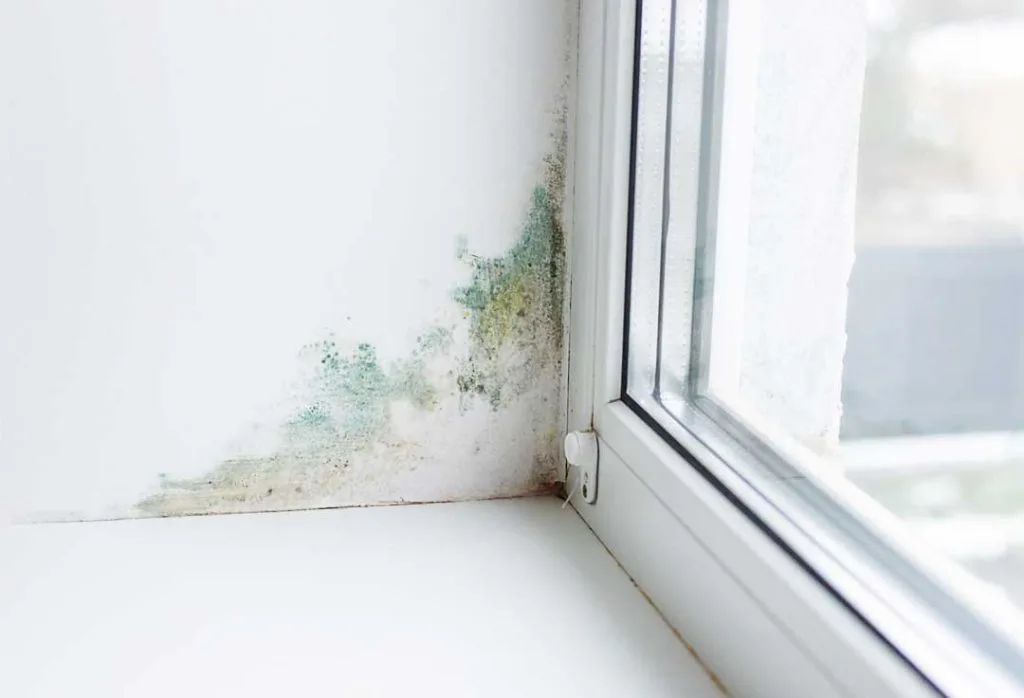
Mold is a common household issue that can lead to significant property damage and health problems. Does homeowners insurance cover mold? Understanding mold coverage in homeowners insurance policies is crucial for protecting your home and finances. Here’s a comprehensive guide to help you navigate mold coverage in your homeowners insurance policy.
Understanding Mold Coverage
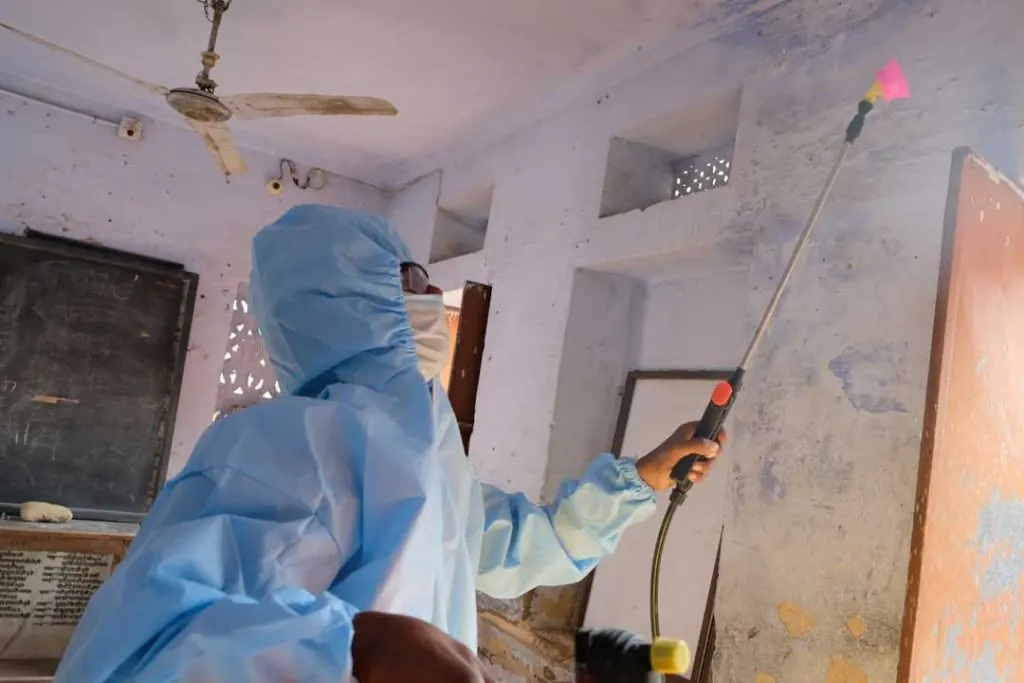
Standard Coverage
Homeowners insurance policies typically cover mold damage if it results from a covered peril. Covered perils are specific events or risks that your policy protects against. Common covered perils that may lead to mold growth include:
- Water Damage from Burst Pipes: If a pipe bursts suddenly and causes water damage, leading to mold growth, this scenario is usually covered.
- Storm-Related Damage: If a storm damages your roof or windows, allowing water to enter your home and cause mold, the remediation costs might be covered.
- Fire Suppression Water Damage: Mold resulting from water used to extinguish a fire may also fall under covered perils.
Exclusions and Limitations
However, not all mold damage is covered by standard homeowners insurance policies. Policies often exclude mold damage caused by:
- Long-Term Leaks: Mold that develops due to long-term or slow leaks, such as from a continuously leaky roof or plumbing, is generally not covered.
- Poor Maintenance: Damage resulting from poor home maintenance or neglect is typically excluded.
- Flooding: Standard homeowners insurance usually does not cover mold damage from flooding; a separate flood insurance policy is required for such incidents.
Enhancing Mold Coverage
Policy Endorsements

To ensure broader protection, some insurance providers offer endorsements or riders that can be added to your policy.
These endorsements extend coverage to situations not included in the standard policy, such as mold caused by slow leaks or high humidity levels.
Costs and Benefits
While adding mold coverage endorsements comes with an additional cost, it can be a worthwhile investment, particularly if you live in a humid climate or have experienced mold issues in the past. Evaluate the potential risk and cost of mold remediation to determine if this additional coverage is beneficial for you.
Filing a Mold Damage Claim
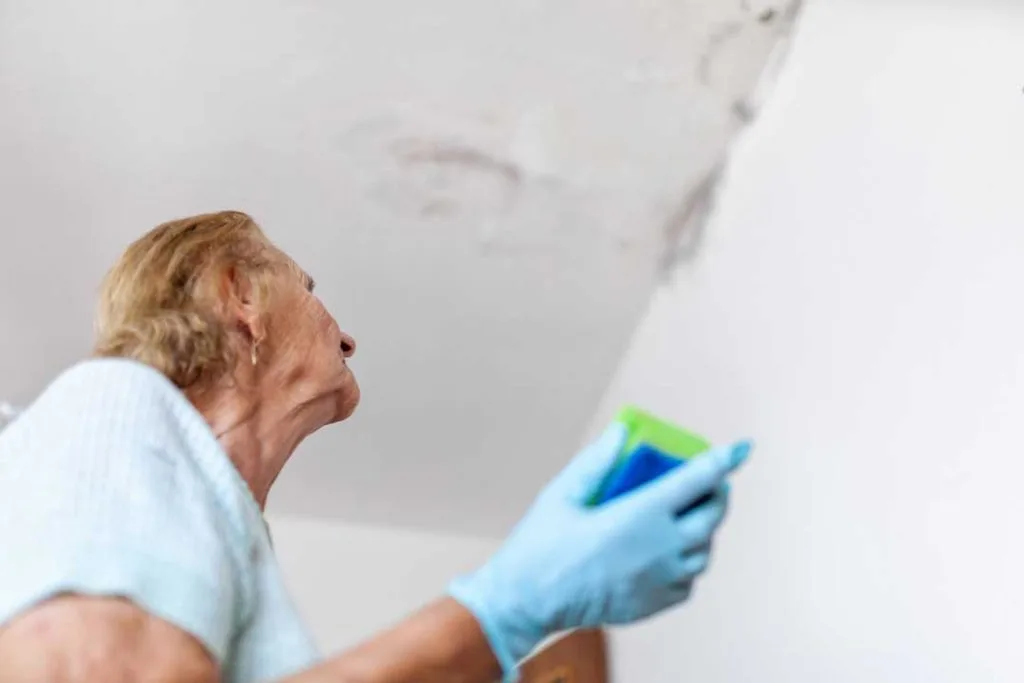
Immediate Steps
If you discover mold in your home, take the following steps to file a claim:
- Document the Damage: Take photographs and videos of the mold-affected areas and keep records of any related expenses.
- Contact Your Insurer: Notify your insurance company as soon as possible to report the mold damage. Provide them with all necessary documentation and details about the incident.
- Prevent Further Damage: Take immediate action to mitigate further mold growth, such as stopping ongoing leaks and improving ventilation.
Inspection and Assessment
Once you report the claim, your insurer will likely send an adjuster to inspect the damage. The adjuster will evaluate the cause of the mold and determine if it falls under your policy’s coverage. Their assessment will inform whether the remediation costs will be reimbursed.
Professional Mold Remediation
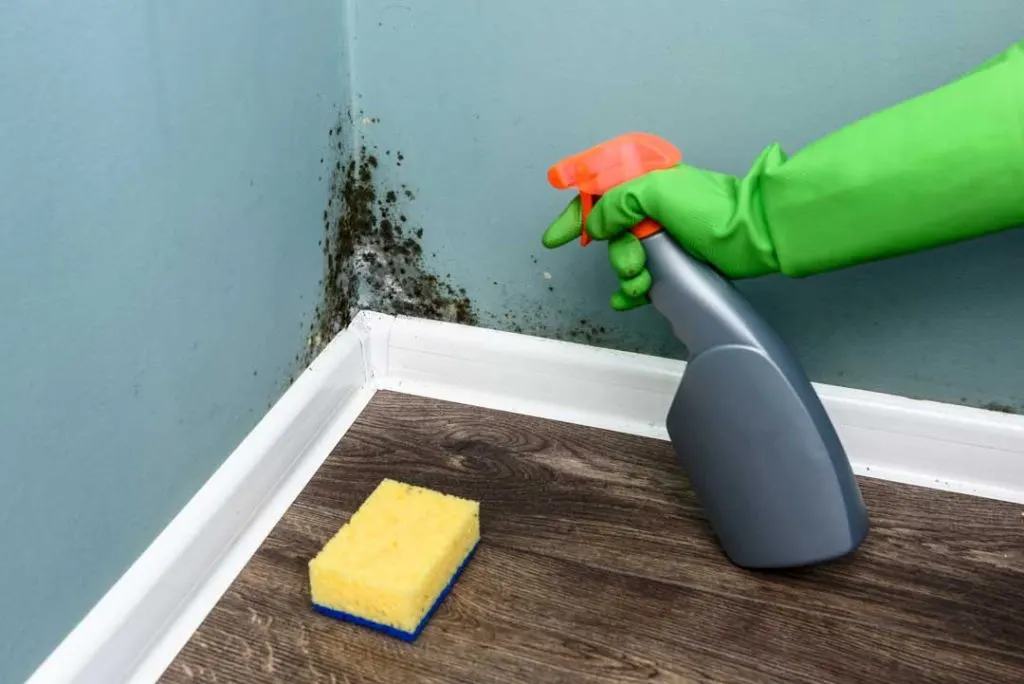
Importance of Professional Services
Engaging professional mold remediation services is crucial to ensure the complete and safe removal of mold. Professionals use specialized equipment and techniques to:
- Contain and Remove Mold: Prevent spores from spreading and safely remove contaminated materials.
- Clean and Disinfect: Use antimicrobial treatments to clean and disinfect affected areas.
- Prevent Recurrence: Address the sources of moisture to prevent future mold growth.
Keeping Records
Keep detailed records of all remediation work, including receipts and reports. This documentation supports your insurance claim and helps ensure you receive the appropriate compensation.
Preventing Future Mold Growth
Regular Maintenance
Regular maintenance and prompt repairs can help prevent mold growth. Ensure your home is well-ventilated, fix leaks promptly, and routinely inspect areas prone to moisture, such as basements, bathrooms, and attics.
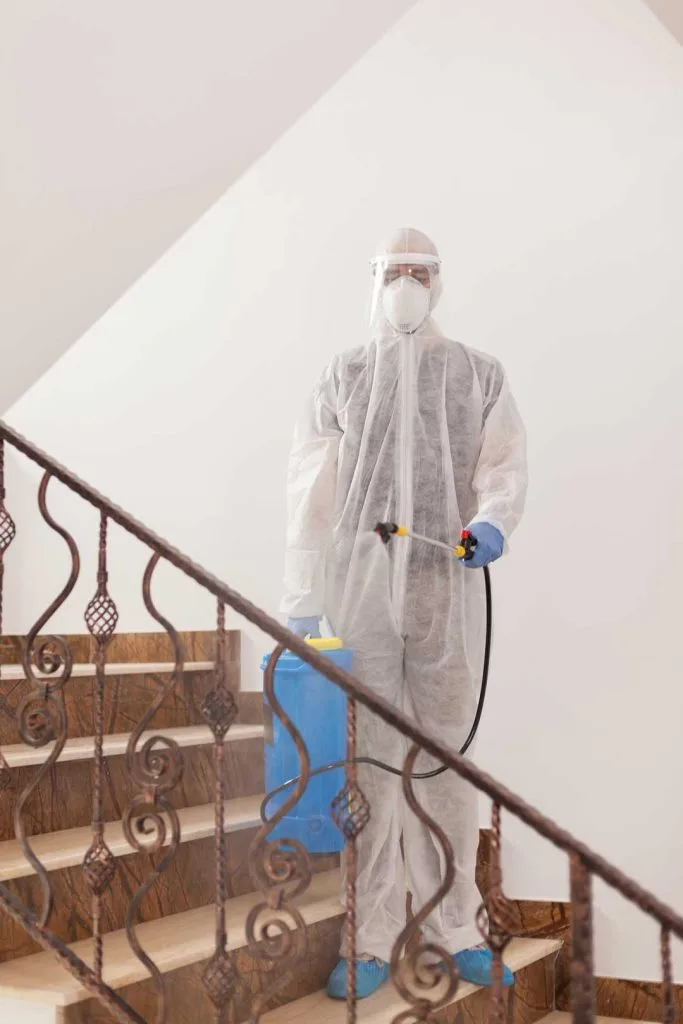
Humidity Control
Maintaining indoor humidity levels below 60% using dehumidifiers, particularly in damp areas, can significantly reduce the risk of mold growth. Proper ventilation in kitchens and bathrooms can also help.
Mold Coverage in Homeowners Insurance Explained
Understanding mold coverage in homeowners insurance policies is essential for protecting your property and health. While standard policies cover mold resulting from certain perils, there are exclusions and limitations to be aware of. Adding mold coverage endorsements can provide broader protection.
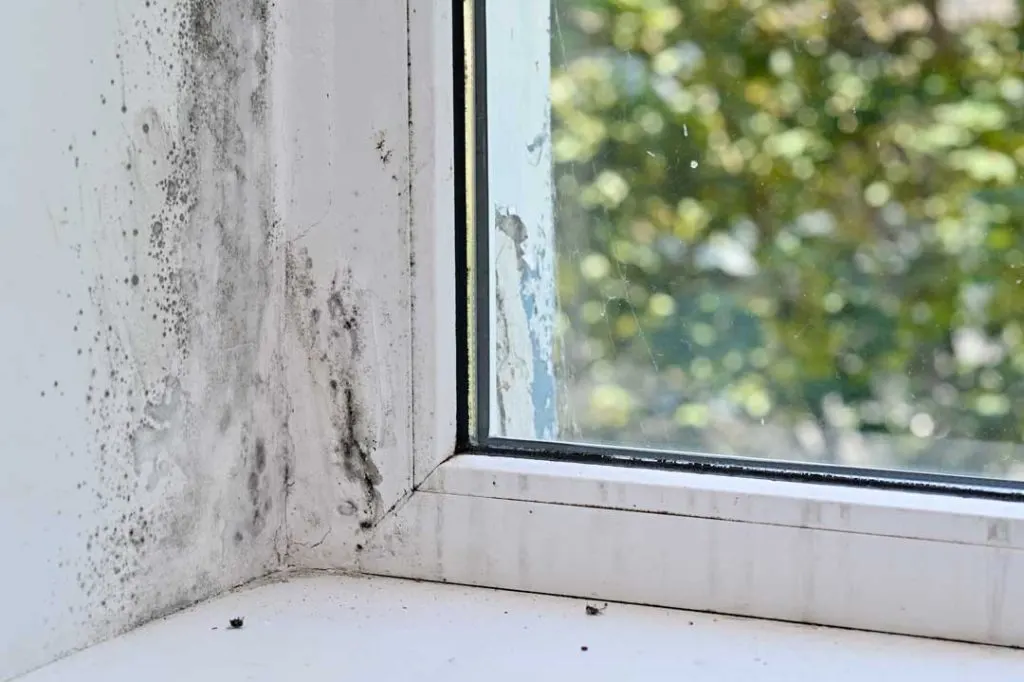
Promptly filing a claim and engaging professional mold remediation services are crucial steps in managing mold damage. By staying informed and proactive, you can better navigate the complexities of mold coverage and ensure a safe and healthy living environment.
For exceptional property restoration in the heart of the Big Apple, trust NYCrestoration.com to bring your home back to life!
Mold coverage in homeowners insurance is vital for safeguarding your home and health. While standard policies cover mold from specific perils, they often exclude long-term issues and poor maintenance. Adding policy endorsements, maintaining regular home upkeep, and filing claims correctly can help ensure proper coverage. Stay proactive and protect your home—consider reviewing your policy today for complete peace of mind.
Mold coverage in homeowners insurance refers to protection for mold damage resulting from covered perils like burst pipes or storm damage.
No, standard policies usually exclude mold caused by long-term leaks, poor maintenance, or flooding without additional coverage.
You can purchase a mold coverage endorsement, which adds extra protection for mold issues not typically covered in standard policies.
Document the damage, stop moisture sources, contact your insurer, and consider hiring a professional mold remediation service.
Maintain low humidity, fix leaks promptly, use dehumidifiers, and ensure proper ventilation in moisture-prone areas like bathrooms and basements.

Jessi is the creative mind behind The Coffee Mom, a popular blog that combines parenting advice, travel tips, and a love for all things Disney. As a trusted Disney influencer and passionate storyteller, Jessi’s authentic insights and relatable content resonate with readers worldwide.
